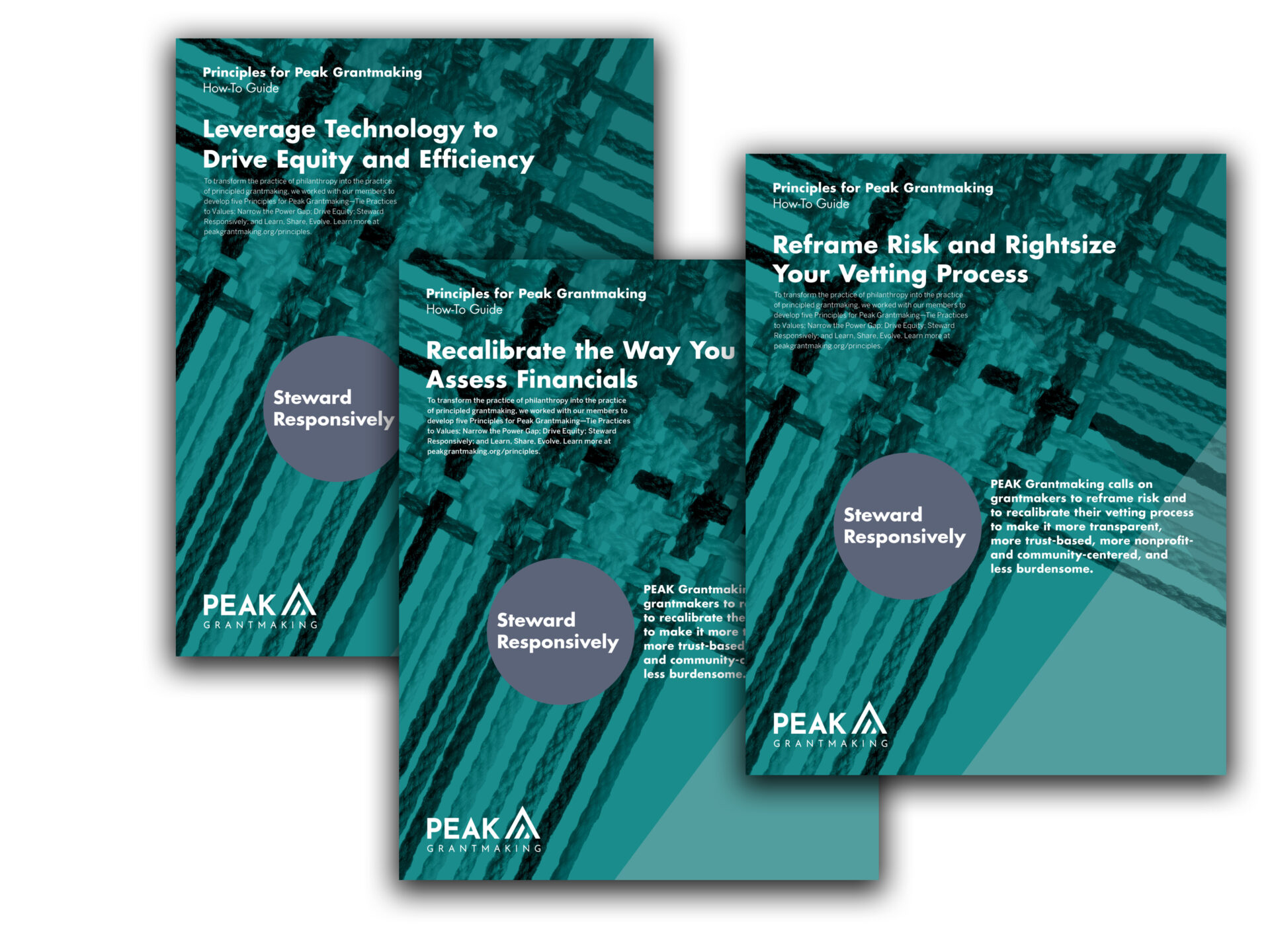Visual Aids for Assessing Nonprofit Financial Health

Grantmakers are increasingly aware of the importance of understanding the financial health of their grantees. But the due diligence required can take program officers into new territory, requiring fiscal management expertise on top of their programmatic experience. Focusing on effective approaches to reading and interpreting financial statements, a PEAK Grantmaking webinar on June 27 will equip grantmakers to understand their grantees’ financial reality by presenting concepts and tools applicable to grantees across a range of mission areas and business models.
The webinar will cover the same ground as our session at the PEAK Grantmaking 2017 Conference that generated such gratifying positive feedback! The centerpiece of this webinar is the Financial Health Analysis Tool, a simple, free, Excel-based dashboard that you can download and experiment with ahead of the webinar.
The Financial Health Analysis Tool—one among many free tools available at strongnonprofits.org— emerged from a partnership between The Wallace Foundation and FMA, a nationwide consulting firm, as a tool for nonprofit fiscal managers to help tell their organization’s financial story. But grantmakers themselves soon discovered the value of the tool as part of their due diligence efforts. Simple inputs pulled from the Form 990 and financial statements result in a clear and easy-to-read dashboard showing nine metrics:
When we shared a sample Financial Health Analysis dashboard at the annual conference this year, there were audible gasps in the room!
In the webinar on June 27 , you’ll learn more about the metrics you should be considering as part of grantmaking due-diligence. One we consider very important is Liquid Unrestricted Net Assets, or LUNA. LUNA consists of that portion of an organization’s unrestricted net assets balance that could be converted to cash relatively easily if necessary. LUNA equals unrestricted net assets minus board designated reserves and the equity portion of fixed assets. Subtracting these two amounts removes the portion of the unrestricted net assets balance that is tied up in a building, equipment, designated fund, or other illiquid asset. Negative LUNA occurs either when the organization’s unrestricted net asset balance is negative, or when the unrestricted net asset balance is smaller than the organization’s net fixed assets.
To learn more about why LUNA matters and what other metrics you should review as part of your grantmaking due-diligence, we hope you’ll register for “Assessing Nonprofit Financial Health” and join us on June 27!


